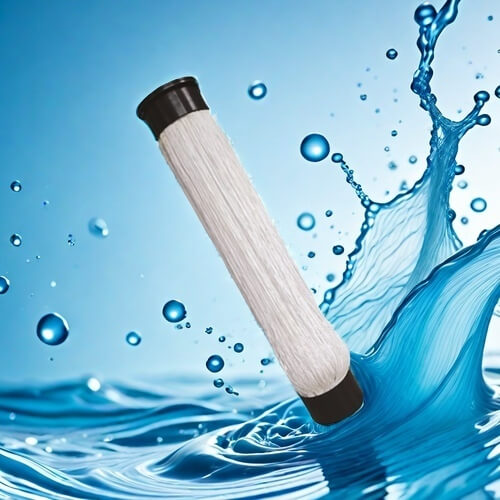Formation and treatment methods of black and odorous water bodies
In recent years, the problem of black and odorous water bodies in some areas has attracted widespread attention. These waters not only affect the lives of surrounding residents, but also pose a huge threat to the ecological environment. So, how are black and odorous water bodies formed? How can they be effectively solved?
1. Causes of the formation of black and odorous water bodies
1. Sewage discharge problem
As we all know, industrial and domestic sewage discharge is one of the main causes of black and odorous water bodies. A large amount of wastewater generated by industrial production and urban residents’ lives, if directly discharged into the water body without effective treatment, will cause water quality deterioration and produce a pungent odor.
2. Lack of scientific management
Some areas lack scientific and reasonable water management mechanisms, resulting in poor water quality supervision. This has made some bad behaviors, such as dumping garbage and illegal sewage discharge, become rampant, contributing to the formation of black and odorous water bodies.

3. Eutrophication of water bodies
Excessive nutrient input is also one of the causes of eutrophication of water bodies. Excessive nitrogen, phosphorus and other nutrients will lead to excessive algae growth in the water, forming algal blooms and producing pungent odors. It may also cause problems such as cyanobacteria toxins, which will harm the aquatic ecosystem.
II. The key to the treatment of black and odorous water bodies
1. Strengthen sewage treatment
In order to solve the problem of black and odorous water bodies, it is necessary to strengthen the effective treatment of industrial and domestic sewage. Build more complete sewage treatment facilities and adopt scientific and advanced technical means to ensure that wastewater is fully purified before discharge to prevent harmful substances from polluting water bodies.
2. Scientifically plan water management
Establish a scientific and reasonable water management system and increase the supervision of water bodies. By improving laws and regulations, standardize the use of water areas, and prevent illegal dumping of garbage, illegal discharge of sewage and other illegal acts. Strengthen the protection of the environment around water areas and build a good ecosystem.
3. Promote green development of agriculture
The management of agricultural breeding and fertilizer use is also the key to the treatment of black and odorous water bodies. Promote green development of agriculture, use scientific and technological means to reduce the use of pesticides and fertilizers, slow down nutrient input, and reduce the risk of eutrophication of water bodies from the source.
